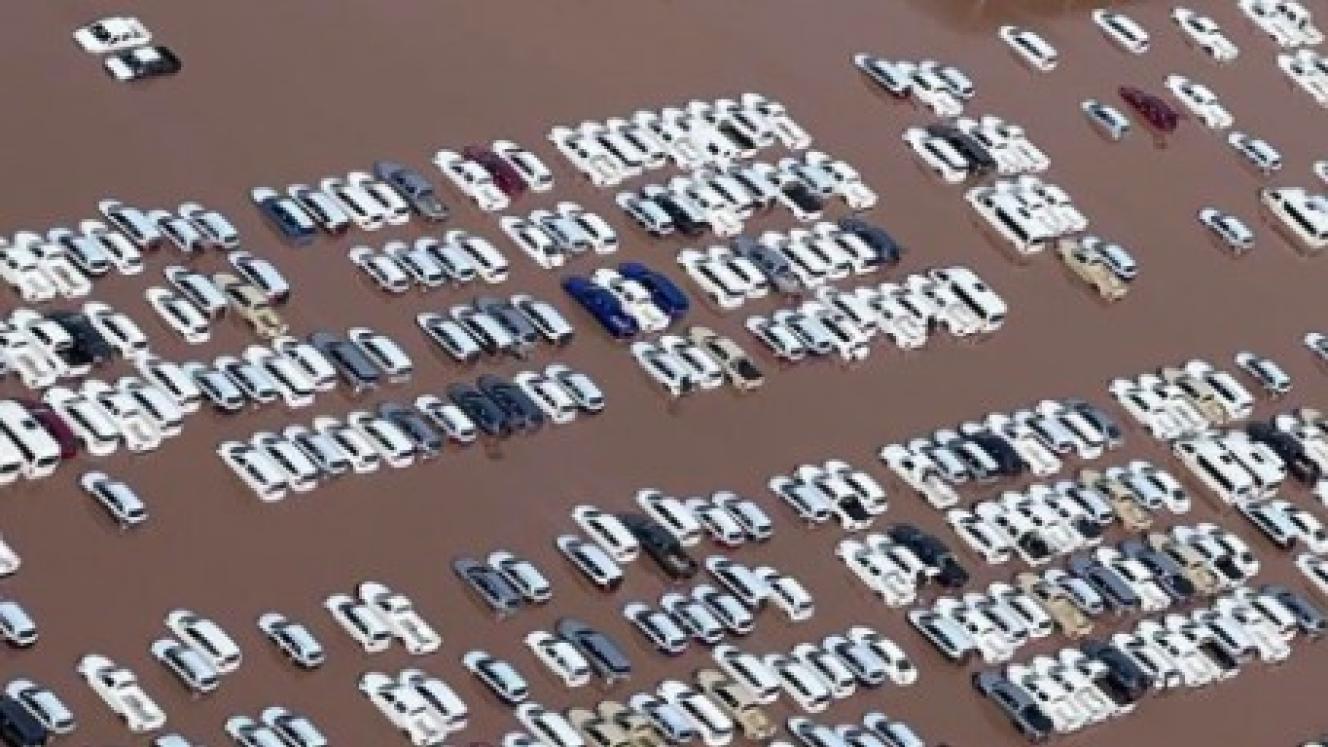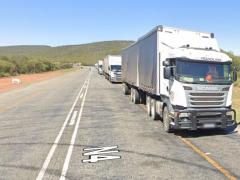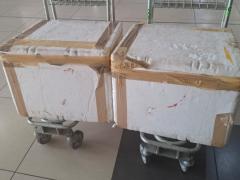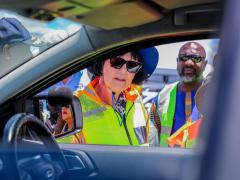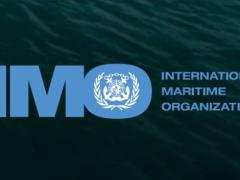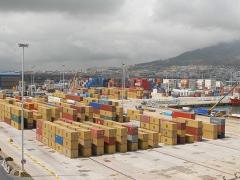Failure to control the Umlazi River through infrastructural means and preparedness measures has resulted in Toyota’s insurers seeking R6.5 billion in damages from the provincial government of KwaZulu-Natal, the eThekwini Municipality and Transnet.
This is according to independent development economist Glen Robbins, commenting after it emerged last week that Tokio Marine and Nichido Fire Insurance Co, the insurers of Toyota South Africa Motors (TSAM), had filed a summons in the Durban High Court.
Craig Woolley, a director of Norton Rose Fulbright, has confirmed to Business Tech that the law firm’s client is seeking damages for payouts that TSAM’s insurers had to make following devastating floods in April 2022.
Explaining why the insurers are litigating, Robbins said in an interview on Moneyweb that the Umlazi’s flow from the Midlands of KZN, especially in the event of a weather event, was supposed to be controlled and contained by a canal.
He said the canalisation of the Umlazi is a “process started in 1946 and finished in the 1950s”.
“Effectively we’ve had a situation where there’s sort of an engineered solution to reroute a river through to the ocean through the use of a canal system.”
Robbins pointed out that the Umlazi bursting its banks in heavy downpours was nothing new.
He said it had been breached a number of times following severe floods after Cyclone Domoina – and then a few times subsequently. “Effectively the parties concerned all have some responsibility.”
As for managing the canal and securing its infrastructural integrity, “the municipality (of eThekwini) was the developer of the canal – it is responsible for maintaining and looking after it,” Robbins said.
“Effectively, what the insurers are claiming is that there wasn’t adequate maintenance of the canal itself, as well as the clearing of stormwater drains, of management of what they call berms – which are basically flood defences that give additional capacity to prevent the canal overflowing or drainage channels overflowing.”
Robbins told Jimmy Moyaha, presenter of the show, that about “a third of the claim is for the sort of business losses from the plant closure that took a considerable period of time to reopen”.
“The rest relates to costs, the repairing of buildings, of infrastructure, replacement of machinery and equipment and the like.”
Moneyweb reported that the exact figure of repairs and reinstatements alone had come to R4.49 billion.
